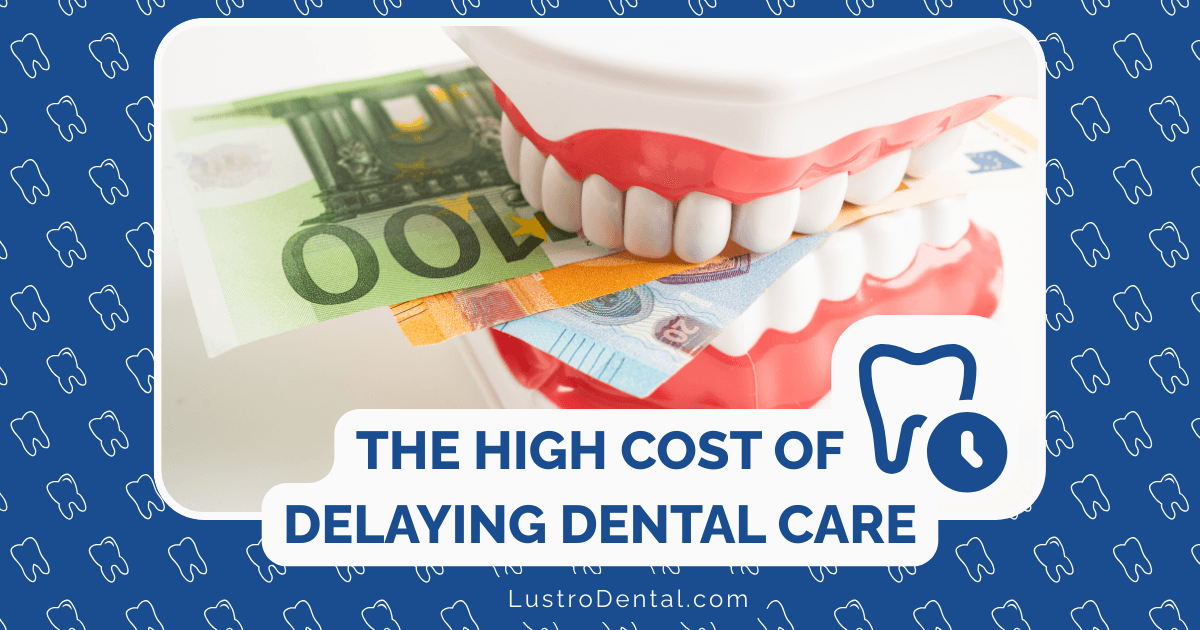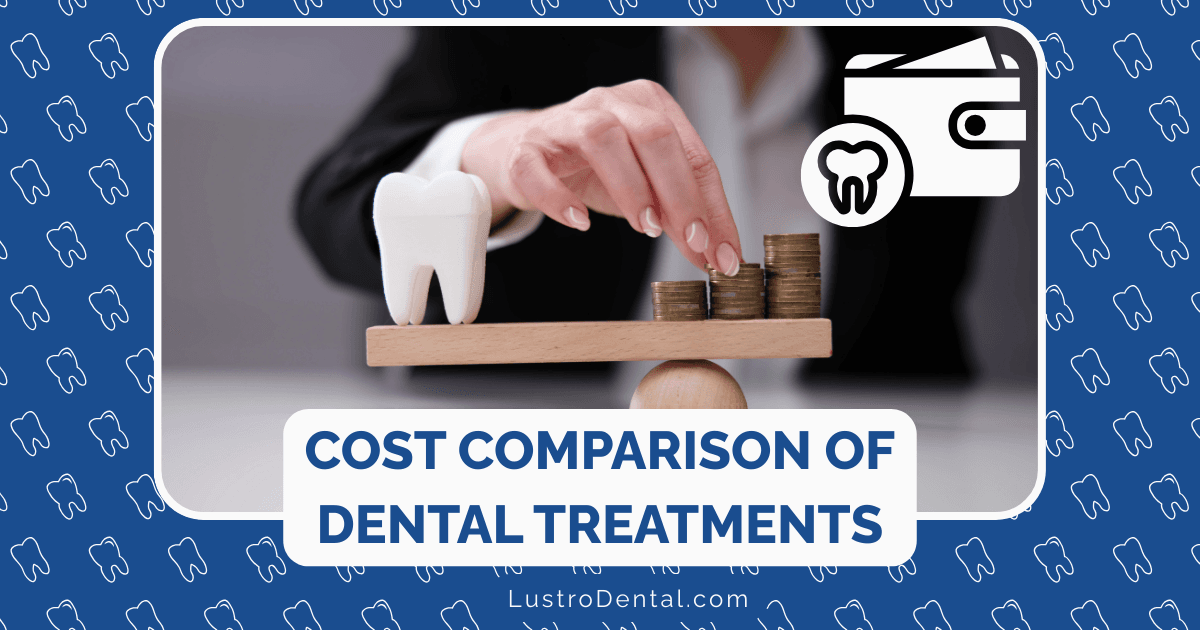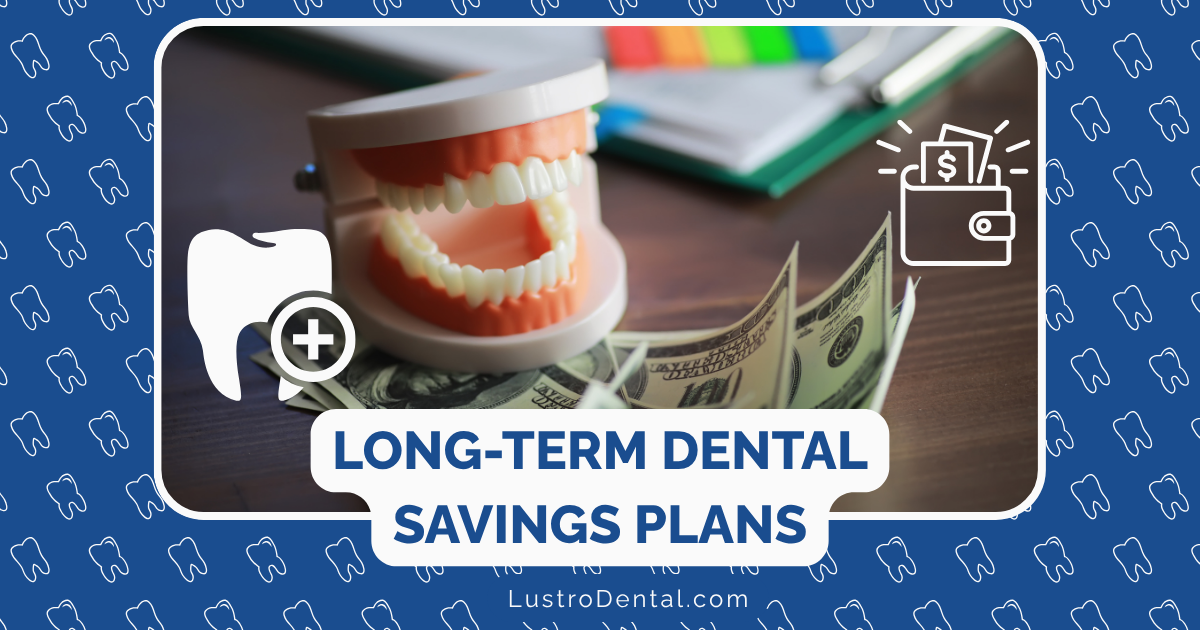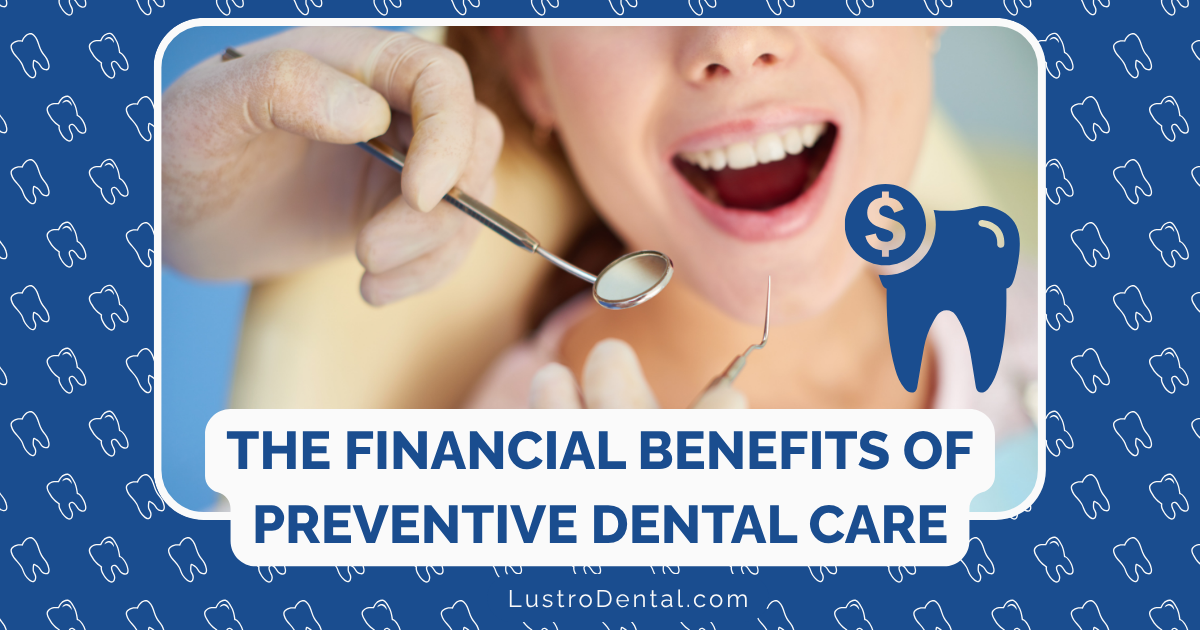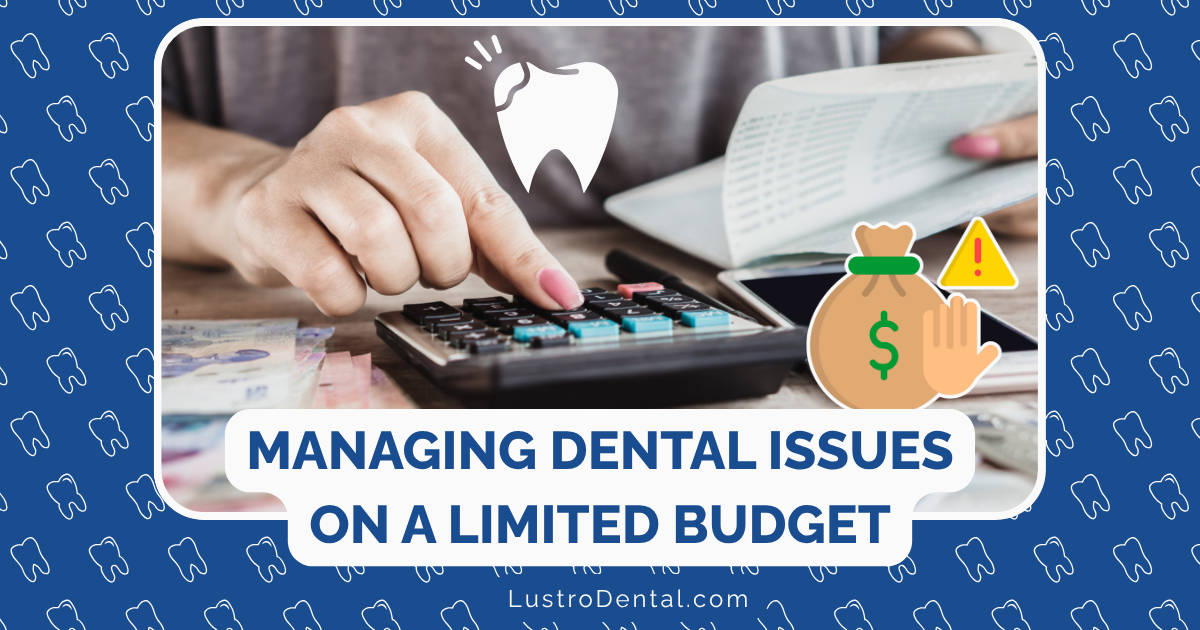Maximizing Your Dental Benefits: Strategies for Using Insurance Wisely
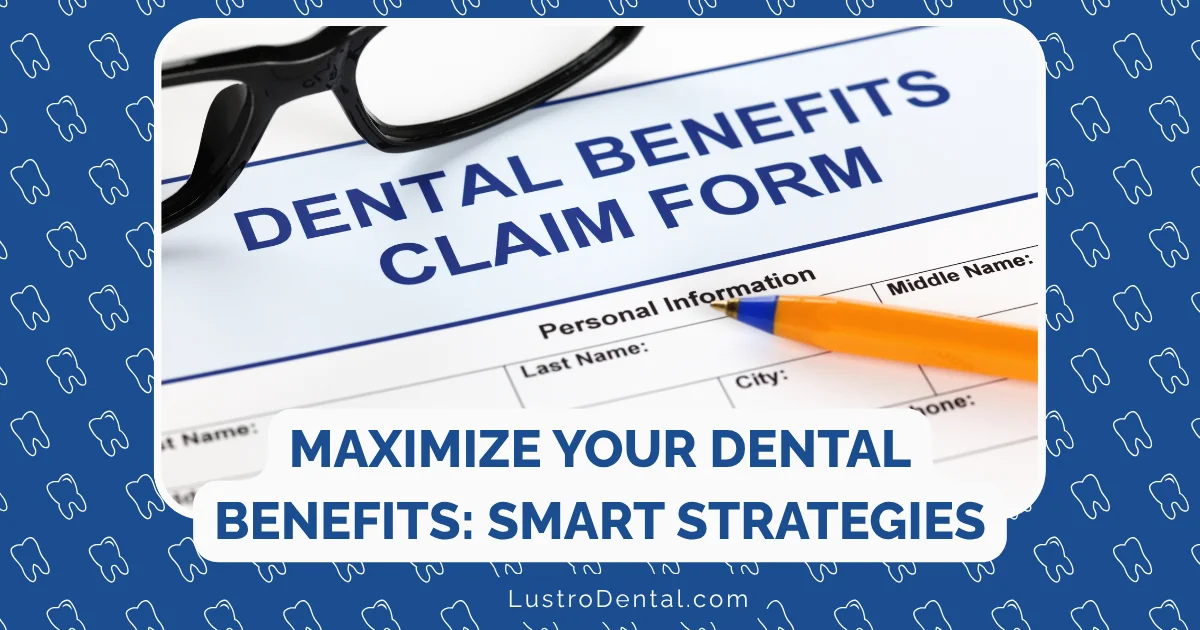
Let’s face it—dental insurance can be confusing as hell. You pay those premiums every month, but are you actually getting your money’s worth? Most people don’t. According to the American Dental Association, the average American with dental insurance uses only $323 of their annual benefits, leaving hundreds of dollars on the table each year.
That’s like throwing cash straight into the trash.
Why Most People Waste Their Dental Benefits
Your dental insurance isn’t like your car insurance—it’s not there just for emergencies. It’s designed to be used regularly. Yet most plans have a “use it or lose it” policy, meaning those benefits don’t roll over to the next year.
The insurance companies are banking on you forgetting this fact. They’re literally counting on you to pay for coverage you never use.
Know Your Plan Inside and Out
The first rule of maximizing your dental benefits? Actually understand what the hell you’re paying for.
- Annual Maximum: Most plans cover between $1,000-$1,500 per year. This isn’t a suggestion—it’s money allocated for your dental health.
- Deductible: The amount you pay before insurance kicks in (typically $50-$100).
- Coverage Percentages: Most plans follow the 100-80-50 structure:
- 100% coverage for preventive care (cleanings, exams)
- 80% for basic procedures (fillings)
- 50% for major work (crowns, bridges)
Call your provider and ask for a breakdown. Better yet, request a copy of your benefits explanation. Don’t let the jargon intimidate you—this is your money we’re talking about.
Strategic Timing: The Game-Changer
Here’s where you can get tactical with your benefits:
1. Split Major Treatments Across Calendar Years
Need a crown that’ll max out your benefits? If it’s late in the year, have the prep work done in December and the crown placed in January. This strategy lets you tap into two years’ worth of benefits for one procedure.
A study by Delta Dental found that patients who strategically schedule treatments save an average of $300 annually.
2. Front-Load Your Preventive Care
Most insurance plans cover preventive visits at 100% with no deductible. Schedule these early in the year:
- If issues are discovered, you’ll have time to plan more extensive treatments
- You’ll avoid the year-end rush when everyone suddenly remembers their benefits expire
- Early detection means smaller, less expensive treatments
Leverage Your FSA/HSA Accounts
If you have a Flexible Spending Account or Health Savings Account, you’re sitting on pre-tax dollars that can cover what insurance doesn’t.
The kicker? Most FSAs are also “use it or lose it,” so coordinate these benefits with your dental insurance for maximum coverage.
According to Healthcare.gov, the average FSA user saves about 30% on out-of-pocket healthcare expenses through tax advantages.
The In-Network Advantage
Using an in-network dentist can save you serious cash—often 30-40% compared to out-of-network providers. But here’s what they don’t tell you: some out-of-network dentists might be worth the extra cost if:
- They offer better hours that don’t require you to miss work
- Their technology is more advanced, potentially reducing the number of visits needed
- They provide services your in-network options don’t
Weigh these factors against the cost difference. Sometimes paying a bit more upfront saves money (and headaches) in the long run.
Negotiation: The Forgotten Tactic
Most people don’t realize dental costs are often negotiable, especially for patients paying cash or those with limited insurance.
Ask about:
- Cash discounts
- Payment plans
- Package pricing for multiple procedures
A Consumer Reports survey found that 57% of people who negotiated medical bills were successful in reducing them.
Preventive Care: The Ultimate Money-Saver
The most effective way to maximize dental benefits? Use them for prevention.
Regular cleanings and exams cost far less than fillings, which cost far less than root canals and crowns. This isn’t just good for your wallet—it’s good for your health.
A routine cleaning typically costs $75-$200, while a single crown can run $500-$1,500 after insurance. The math speaks for itself.
Don’t Ignore These Often-Overlooked Benefits
Many dental plans include benefits people rarely use:
- Extra cleanings for certain health conditions: If you have diabetes, heart disease, or are pregnant, you might qualify for additional covered cleanings.
- Fluoride treatments: Not just for kids—many plans cover adult fluoride treatments too.
- Night guards for teeth grinding: Some plans cover part of the cost for these devices.
Call your insurance company and specifically ask about these benefits. The representative might not volunteer this information unless you ask.
The Year-End Crunch: Plan Ahead
Dental offices get slammed in November and December with patients scrambling to use their benefits before they expire. By October, the best appointment slots are often gone.
Mark your calendar for September to schedule any remaining treatments for the year. This simple step can prevent the stress of trying to squeeze in appointments during the holiday season.
The Bottom Line
Your dental insurance is a financial tool—one you’re already paying for. Using it strategically isn’t gaming the system; it’s being a smart consumer.
Remember:
- Know your benefits
- Plan your treatments strategically
- Use preventive care to avoid costly procedures
- Consider in-network providers, but weigh all factors
- Don’t be afraid to negotiate
Your dental health affects your overall health, and maximizing your benefits ensures you’re taking care of both without unnecessary financial strain.
What strategies have you used to maximize your dental benefits? Share your experiences in the comments below!


